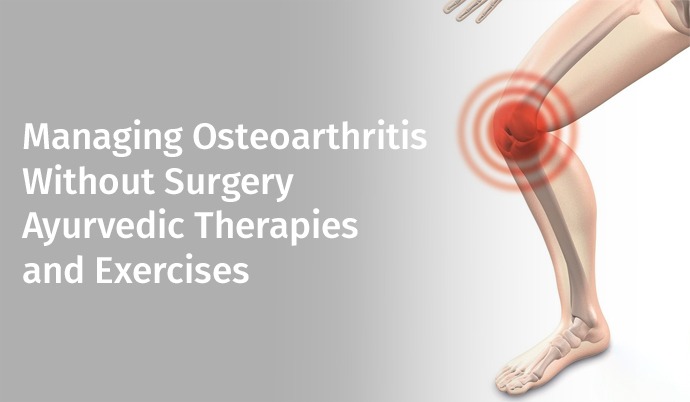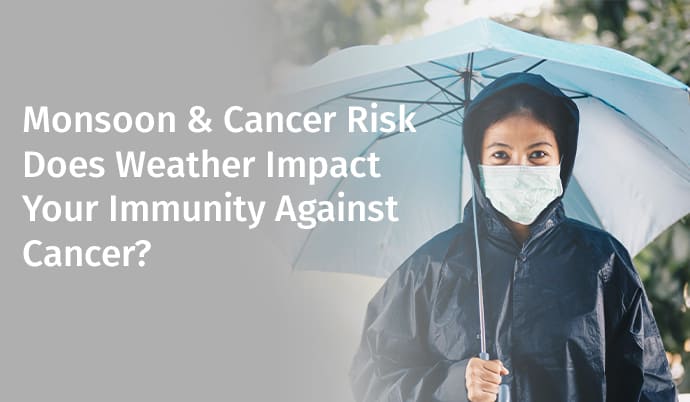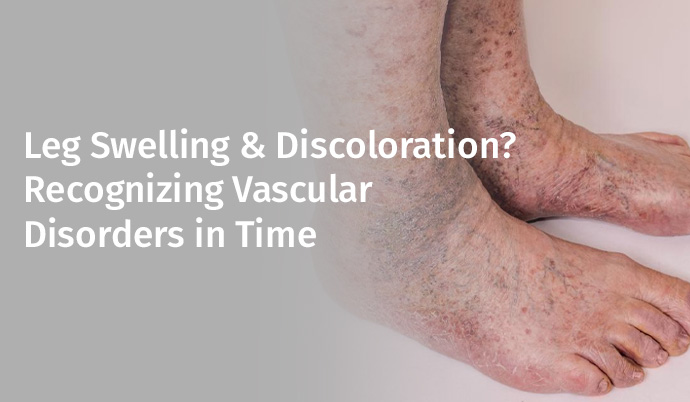Malaria is a parasitic disease that is transmitted within man through the bite of an infected female Anopheles mosquito while Dengue and Chikungunya are viral diseases transmitted through the bite of an infected female Aedes mosquito.
While these diseases share certain symptoms like fever, joint aches, and tiredness, they also exhibit different complications. For example, dengue is a severe type of disease known to cause hemorrhaging and damage to internal organs. On the other hand, Malaria has serious complications including anemia and cerebral malaria, whereas chikungunya could lead to long-lasting problems such as arthritis that may last for several months.
The management of these diseases is mainly concerned with the control of the vectors, that is the mosquitoes, and the avoidance of practices that expose one to mosquito bites including; using insect repellent, using insecticide-coated bed nets, and eliminating any form of water that would act as a breeding ground for the mosquitoes.
Early diagnosis, sufficient treatment as well as community mobilization, all these factors contribute to the management of the rate of such diseases in society. Hence, understanding the signs and preventive measures for each disease will help to manage them and improve the general health of the populations in such areas.
Dengue
The current situation of dengue has worsened in the past few decades, affecting almost millions of individuals worldwide. Dengue is typically a mosquito-borne disease caused by the bite of a female Aedes mosquito, which normally exhibits flu-like symptoms, and the sickness begins to appear after three to fourteen days of the bite by an infected mosquito.
Symptoms:
The main symptoms of Dengue include:
- High fever (40°C/104°F)
- Severe headache
- Pain behind the eyes
- Muscle and joint pain
- Nausea and vomiting
- Fatigue
- Skin rash
In severe cases, dengue can progress to dengue hemorrhagic fever or dengue shock syndrome, characterized by; severe abdominal pain, persistent vomiting, rapid breathing, bleeding gums or nose, blood in vomit or stool, and fatigue and restlessness.
Prevention
Preventing dengue primarily focuses on mosquito control and personal protection:
- Minimize breeding sites of the mosquitoes by clearing any stagnant water sources within homes and their surroundings.
- Regular application of mosquito-repellant creams.
- Be sure to especially wear long-sleeved shirts and long pants.
- The use of mosquito nets when sleeping can also be effective.
- Put up or fix screens on the windows and doors to restrict the entry of mosquitoes.
- Mosquito control measures should be adopted in the societies.
- To minimize contact with the vector, one should refrain from going out during the day, particularly during the peak effects hours which are in the early morning and evening to prevent the spread of the disease.
If the symptoms persist even after taking all the preventive methods, then one must consider proper treatment from the best medicine hospital in Delhi.
Malaria
According to a global survey in 2022, Malaria is often considered a life-threatening parasitic disease caused by the bite of a female Anopheles mosquito with an estimate of about 249 million cases in the entire world. Malaria due to the Plasmodium parasites manifest the symptoms within 10 days to 4 weeks after exposure, although the incubation period is 7–30 days.
Symptoms:
The classic symptoms of Malaria include:
- Fever
- Chills
- Sweats
- Headache
- Fatigue
- Muscle aches
- Nausea and vomiting
Malaria can progress to severe illness, which may include; severe anemia and respiratory distress, the tropical disease that mostly affects the brain is regarded as Cerebral malaria and Organ failure.
Prevention
The prevention of Malaria involves a combination of mosquito control, personal protection, and medication:
- Apply a generous amount of mosquito repellent.
- Wear protective clothing.
- Use of insecticide-treated bed nets and indoor residual spraying.
- Reduce water puddle formation close to homes.
- Use an antimalarial medication if you are planning to travel to places with malaria transmission.
- Provide support for malaria control programs in malaria-endemic areas.
If any of the symptoms persevere, one should ensure that they get medical attention as soon as possible.
Chikungunya
Chikungunya is a widespread disease that is transmitted by the female Aedes aegypti mosquito and is hard to diagnose and often misdiagnosed due to similarity in symptoms like Dengue and Zika diseases, the symptoms of chikundunya are usually exhibited 3-7 days after infection.
Symptoms
The main symptoms of Chikungunya are:
- Sudden high fever
- Intense joint ache, affecting the area of hands and feet.
- Muscle pain
- Headache
- Fatigue
- Rash
Most patients respond well and make a full recovery, but some may suffer joint pain and stiffness for months or even years after contracting Chikungunya.
Prevention
Chikungunya prevention focuses on mosquito control and personal protection, similar to dengue such as:
- Use mosquito repellents
- Individuals should avoid exposing any skin on their arms and legs by wearing full-sleeve shirts, pants, and skirts.
- Installing some kind of air conditioning system like AC units or even using mesh screens on the windows and doors is encouraged.
- Scrub, clean, and sweep the floors of the house as well as other areas where water might be stagnant.
- Avoid using unprotected areas at night, mornings, or early evenings when mosquitoes are most active.
- Sleep under mosquito nets.
Unfortunately, to date, there have been no readily available vaccines in the market that prevent the occurrence of Chikungunya, hence prevention is the most prominent key to reducing the effects of chikungunya.
Comparison and General Prevention Measures
These three diseases share several common features such as:
- Transmission: All are transmitted through the biting of infected mosquitoes; dengue and chikungunya through Aedes species and malaria through Anopheles species of mosquitoes.
- Geographic distribution: They are common in both tropical and sub-tropical climates.
- Initial symptoms: Dengue, Zika, and chikungunya share similar onset signs, where fever is the most common and usually the first.
- Prevention strategies: Some of the prevention measures are effective for all three diseases and they include those that deal with mosquito control and protecting oneself from mosquito bites.
Key differences between Dengue, Malaria and Chikungunya
- Causative agent: Dengue and chikungunya are viral diseases and malaria is a parasitic disease.
- Treatment: There is no specific antiviral for dengue or chikungunya, and the clinical approach is largely supportive. Malaria, however, can be treated with specific antiparasitic medications which should make its elimination comparatively easier than with other conditions.
- Long-term effects: Chikungunya is said to cause severe joint pain for an extended period and dengue fever and malaria have long-term effects but for mild cases.
- Recurrence: Malaria requires proper treatment to avoid reinfection while Dengue and Chikungunya are effective through a single immunity against the particular strain of the disease.
General prevention strategies
- Environmental management: Eliminating mosquito breeding sites is the most important prevention strategy, as this entails good sanitation practices such as proper disposal of waste products, proper washing of the containers that store water, and proper drainage system for water without stagnation both within and around the dwellings.
- Personal protection: Personal protection measures like the use of insect repellent, wearing protective clothing, and using insecticide-coated bed nets are protective against all three diseases.
- Travel precautions: Visitors to vector-prone areas need to be informed of what to expect in terms of risks and what precautions are necessary.
- Healthcare system preparedness: Helping to relieve the anxiety of healthcare facilities concerning the diagnosis and management of such diseases, especially during periods of outbreak.
- Research and development: Consequently, a continued effort to develop improved vaccines and additional advances in therapies (particularly for chikungunya) is required to achieve satisfactory disease containment in the future.
- Climate change mitigation: While treatment may help manage the issue in the short-term, control or more appropriately prevention, particularly climate change, which appears to enable the breeding of disease-carrying mosquitoes in new regions as a result of global warming, is the best long-term option.
Dengue fever, Malaria, and Chikungunya are diseases that are dangerous for an individual’s health, but individual, and community practices and measures at the community level can help to reduce the impact of these diseases. Information on the symptoms of these diseases should be society’s focus to ensure early rate detection and prevention of these diseases. To know more, book an appointment at Sir Ganga Ram Hospital today.





